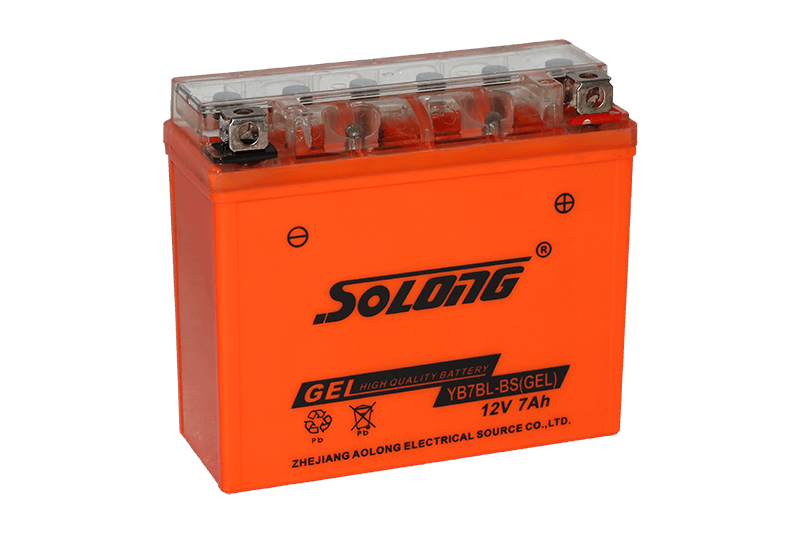

Gel batteries and AGM batteries are two types of sealed […]
Gel batteries and AGM batteries are two types of sealed lead-acid batteries that are commonly used in various applications, including renewable energy systems, telecommunications, and UPS backup systems. Both types of batteries have their advantages and disadvantages, and choosing the right battery for your application requires an understanding of the differences between them.
Gel batteries, also known as valve-regulated lead-acid (VRLA) batteries, use a gel electrolyte instead of a liquid electrolyte found in conventional lead-acid batteries. The gel electrolyte is made by adding silica to the sulfuric acid, which turns it into a thick gel-like substance. This gel prevents the acid from spilling or leaking, making the battery maintenance-free and safe for indoor use. Gel batteries are also more resistant to vibration and shock, which makes them ideal for applications that require mobility.
On the other hand, AGM batteries, also known as Absorbent Glass Mat batteries, use a fiberglass mat to absorb the electrolyte, which is then sealed between the plates of the battery. This design provides several advantages over conventional lead-acid batteries, including a higher resistance to vibration and shock, a longer lifespan, and a faster charging time.
When it comes to choosing between gel batteries and AGM batteries, several factors need to be considered, such as the application's requirements, the battery's lifespan, and the charging time. In general, gel batteries are better suited for applications that require deep cycling, such as renewable energy systems and off-grid applications, as they can handle a higher number of discharge cycles than AGM batteries. They are also more suitable for applications that require a low-maintenance battery, as they do not require regular topping up of the electrolyte.
AGM batteries, on the other hand, are more suitable for applications that require a fast-charging battery and a longer lifespan, such as telecommunications and UPS backup systems. They are also ideal for applications that require a battery that can handle high discharge rates, such as electric vehicles.
In conclusion, the choice between gel batteries and AGM batteries depends on the application's requirements and the specific needs of the user. While both types of batteries have their advantages and disadvantages, they are both excellent choices for various applications, and the decision ultimately comes down to the specific requirements of the application.

YB7BL-BS(GEL) GEL MAINTENCE FREE SEALED BATTERY